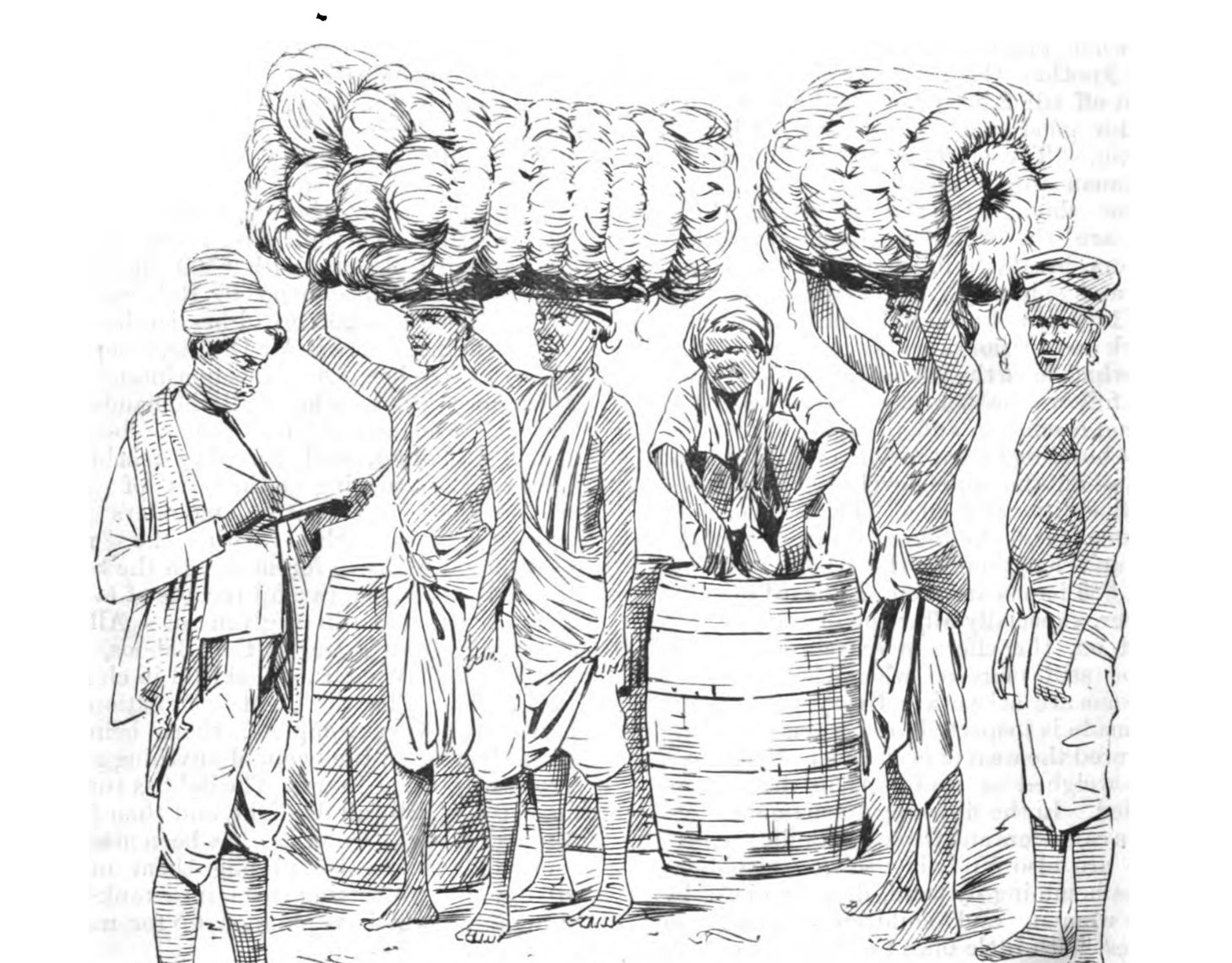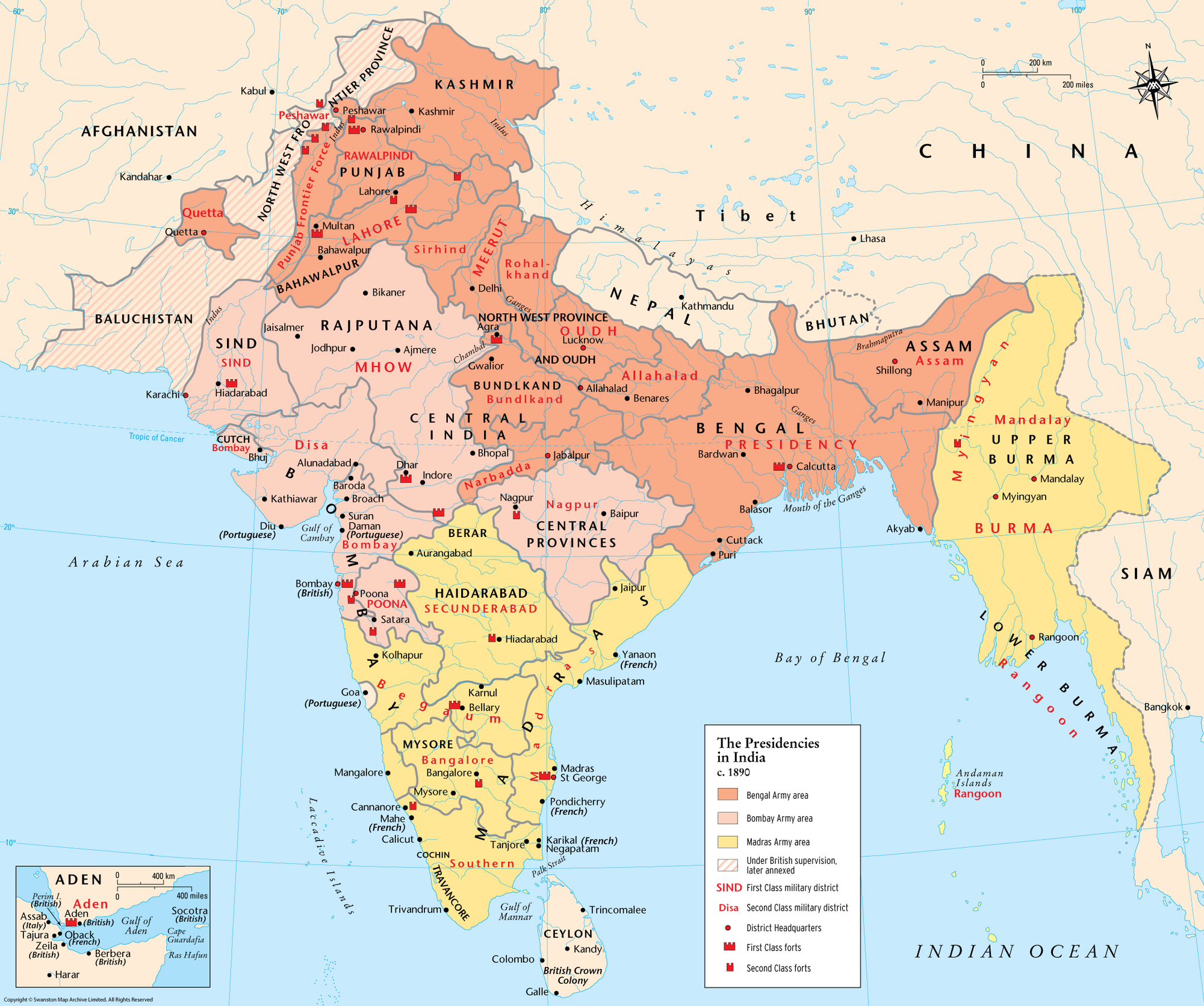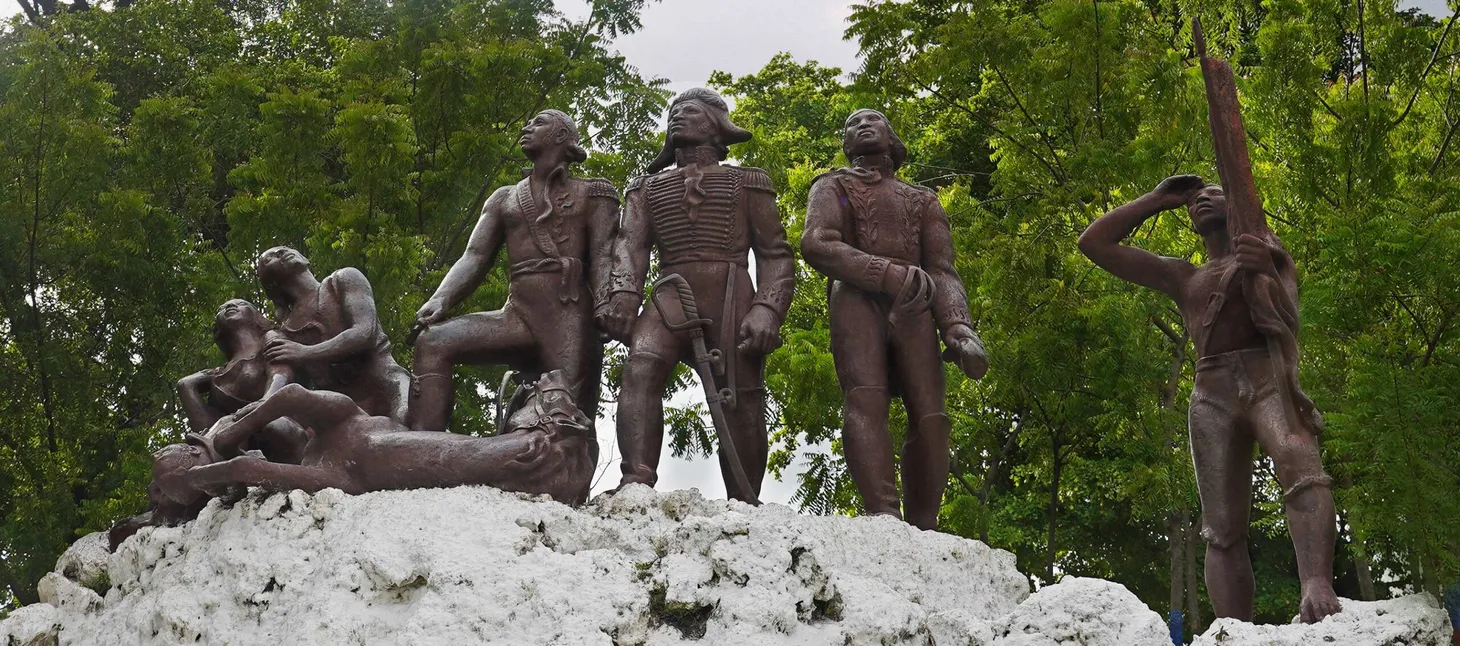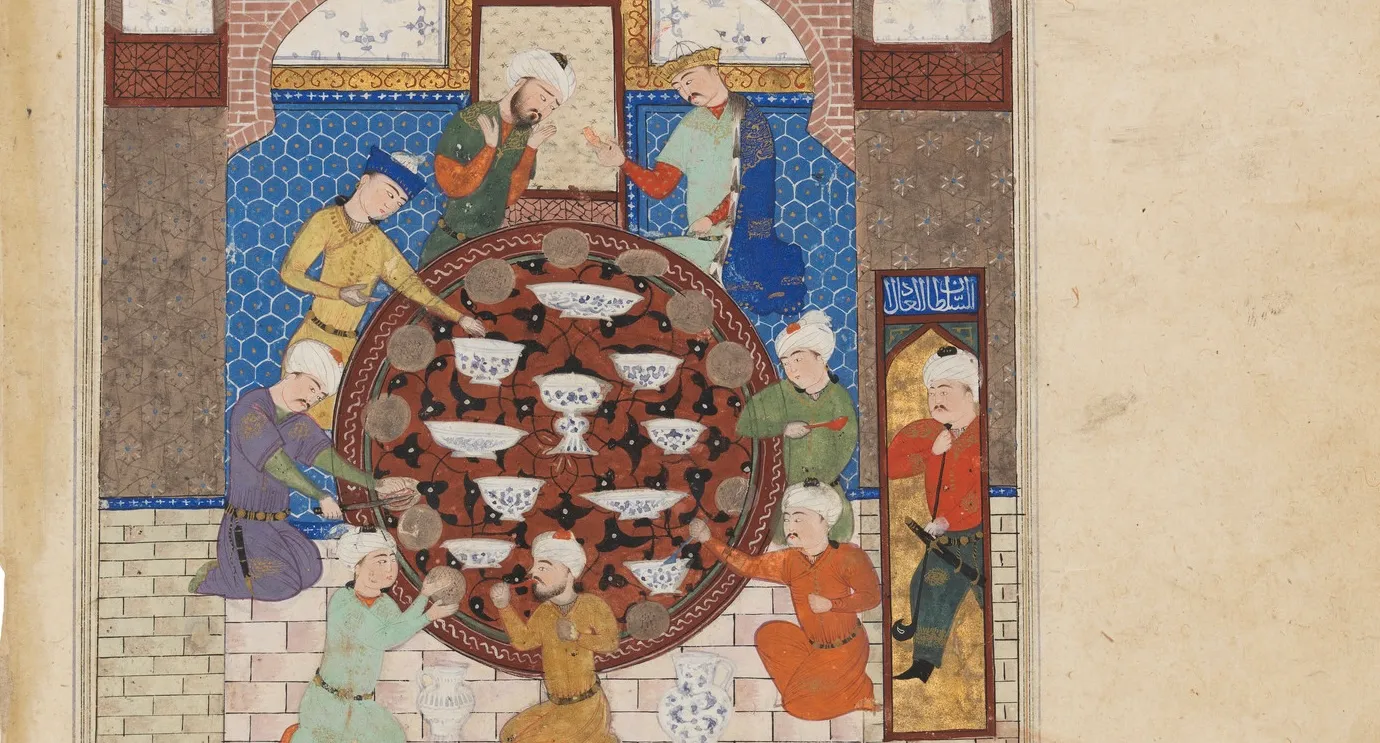“The Air is Filled with the Stink of Jute”: Teaching South Asia’s Nineteenth-Century Production Revolution
Discussion of how to teach South Asia’s economic changes in the nineteenth century

If the story of Egypt’s almost-industrialization in the nineteenth century is one of the greatest what-ifs of world history, world historians typically present South Asia’s economic transformation in the nineteenth century as a tragedy. At the beginning of the century, Indian weavers clothed the world in the finest textiles. By the end of the century, the British had contributed to the “deindustrialization” of India.
Because we are often trapped in our Eurocentric understanding of mass production, the only models for economic transformation in the nineteenth century are British-style industrialization or imperialism reducing Africans and Asians to suppliers of raw materials. World history textbooks have mainly focused on India’s deindustrialization. As Manchester’s textile factories became the new clothers of the world, Indians were reduced to growing raw cotton for export to Britain. While few historians question the nineteenth-century decline of India’s traditional system of textile manufacturing, our focus on deindustrialization can obscure other economic changes in nineteenth-century India.

Beyond the decline of the textile industry, we can also have students focus on the transformation of opium and jute production in the nineteenth century. Both opium and jute were crops grown in relatively small quantities in 1800. By the end of the century, jute and opium were mass-produced items in British India. We can also use both items to see how some elite Indians and Indian farmers adapted to and benefitted from a new global economy.
The Value of Teaching Deindustrialization
This content is for Paid Members
Unlock full access to Liberating Narratives and see the entire library of members-only content.
SubscribeAlready have an account? Log in



